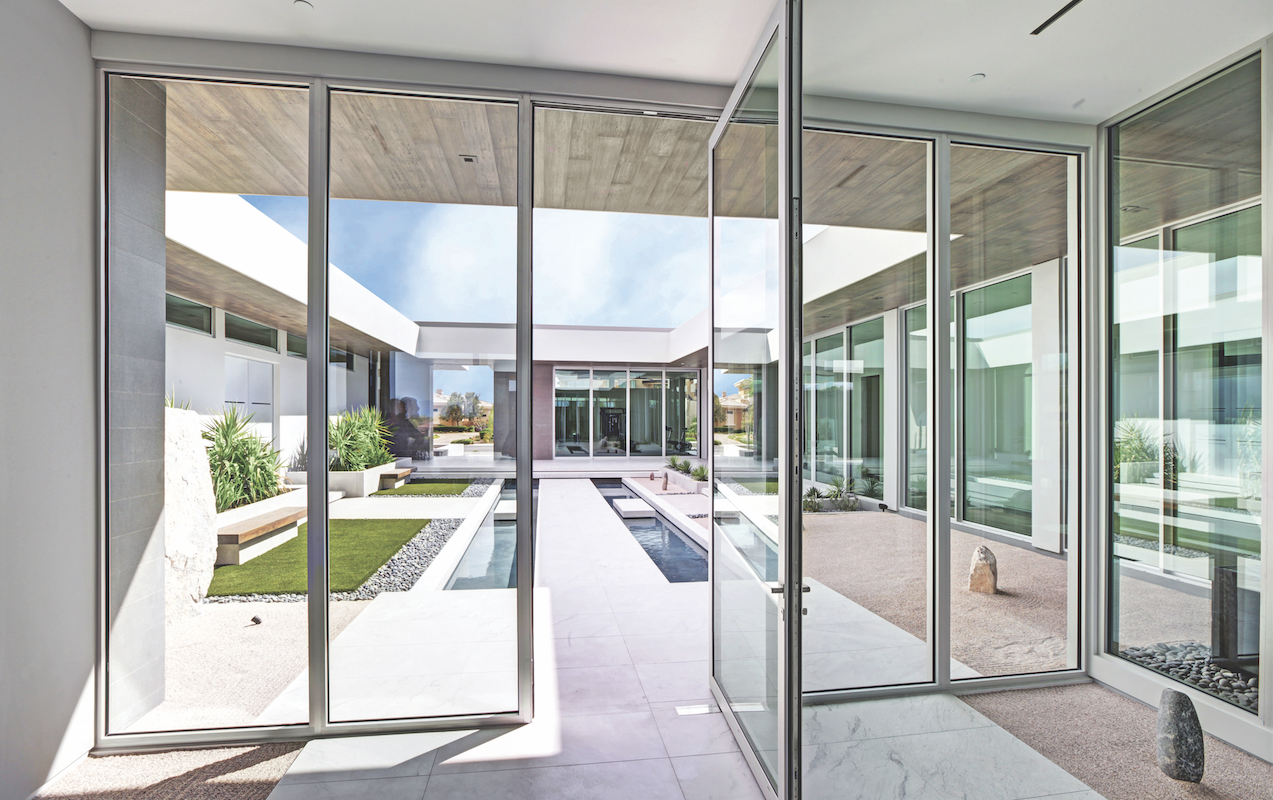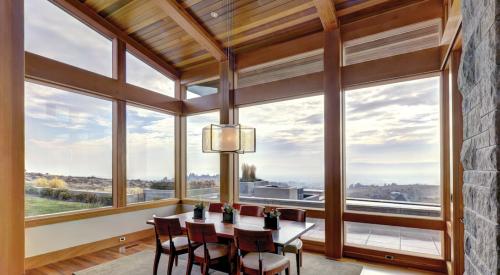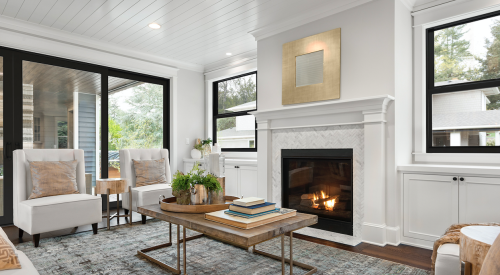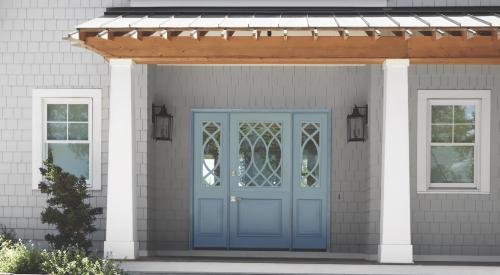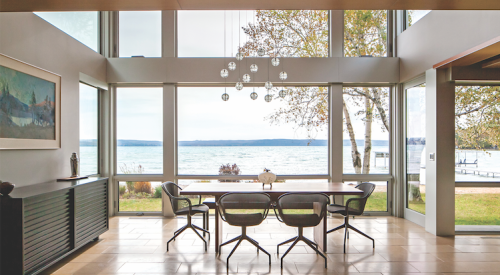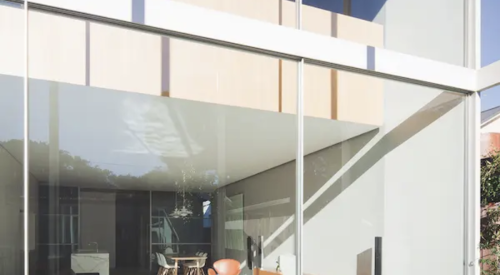Today’s fenestration options provide homeowners with much more than great views. Technological advances in the materials and construction of windows, glass walls, patio doors, and skylights have also made them more energy efficient, durable, and secure.
Understanding trends in fenestration begins with insights into the homeowner’s mindset. “People have a desire to simplify their lives and homes, along with forging a deeper connection with nature, the surrounding environment, and each other,” says Brenda Pellund-Brunk, product profile strategist at Marvin, in Warroad, Minn., insight the company derived from recent consumer research.
“Everyone is requesting more daylight,” adds Christopher Brandon, president of Brandon Architects, in Costa Mesa, Calif. “Though they likely don’t really understand how much extra windows and larger panes drive up the budget.”
For Windows, Bigger Is Better
When it comes to consumer preferences for fenestration, more is more and bigger is better. “Homeowners continue to request larger windows and doors, Pellund-Brunk says. “It’s a trend we don’t see slowing down anytime soon.” To meet that demand, Marvin offers its Modern multi-slide patio door for openings up to 12 feet tall and 60 feet wide, and its fixed, single-pane Direct Glaze window (promoted as “made to be built big and perform at scale”) in sizes approaching 94 square feet.
Nick Pesl, product and market specialist at Kolbe Windows & Doors, in Wausau, Wis., adds, “We have seen a significant uptick in requests for large, expansive door products such as multi-slide, lift and slide, and folding door products that help blend indoor and outdoor living.”
The trend toward contemporary styling in homes today dovetails with the desire for more and larger view-providing windows and doors with a minimum of obstructive framing.
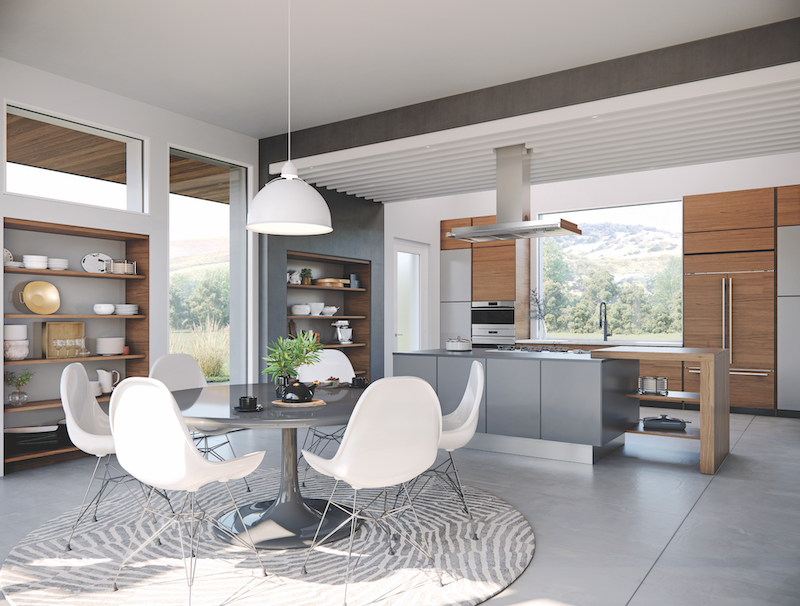
Designing for Daylight
Craving more daylight, homeowners are accepting windows, patio doors, and skylights in more areas of the home.
Laura Sikes, marketing and national account manager for Hy-Lite, a U.S. Block Windows Company, in Pensacola, Fla., cites the popularity of decorative glass transom windows in master bathroom showers. “Prairie and Mission are the most popular glass styles for us,” she says.
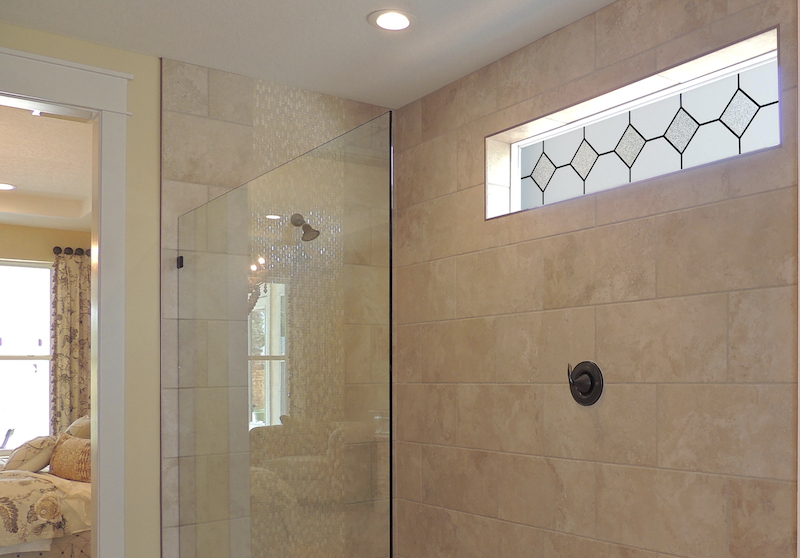
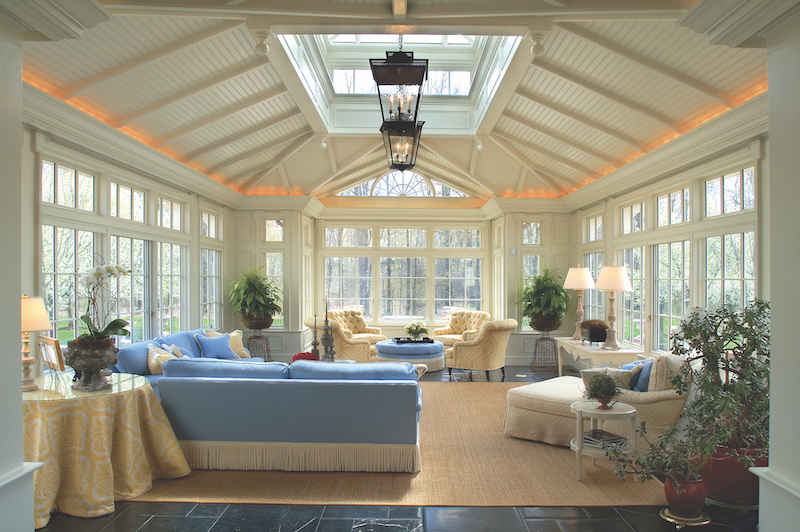
“Homeowners really enjoy natural light, and builders are calling us to incorporate glass into almost anything,” says Jason Sawyer, president of Renaissance Conservatories & Custom Skylights, in Lancaster, Pa. Over-the-ridge skylights are popular, he says, “and I’m seeing a lot of custom glass roof dormer projects cross my desk.”
Like windows in showers, stairwells are getting attention for skylight applications, a placement builders often neglect. “Not only do stairwell skylights provide natural light, this location is ideal for creating whole-home air flow, since stairwell skylights are typically at the center and the highest point of the home,” says Ross Vandermark, national product manager at Velux America.
Fenestration Technology Advances
As consumers demand more of their fenestration in terms of style and size, advancements in the technologies used to engineer, manufacture, and finish those products have kept pace. “In the past, it was enough for a builder to simply fill the opening,” says Caleb Standafer, director of strategy and general manager of composite windows at Jeld-Wen, in Charlotte, N.C. “Now, they need to have a window that matches the aesthetic of the whole house.”
Technologies such as wood fiber-polymer composites that consistently deliver clean, crisp lines and mimic the natural beauty of wood at an attractive price point are exactly what consumers want to see in windows and patio doors, Standafer says.
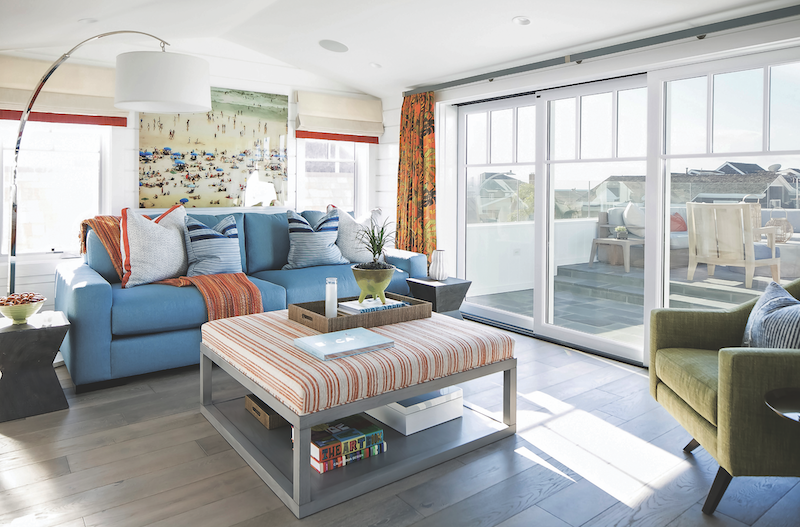
The new Marvin Modern line of windows and doors blends what the company claims is an industry first: a high-density fiberglass exterior and an aluminum interior that deliver a modern aesthetic and the ability to achieve high performance in demanding climates.
“The demand for fiberglass, in particular, continues to grow due to its inherent strength and versatility,” says Erik Ashcraft, a product manager at Milgard Windows & Doors, in Tacoma, Wash. Vinyl also remains popular, he says, due to its energy efficiency, limited maintenance requirements, and options.
In fact, according to research by Home Innovation Research Labs, in Upper Marlboro, Md., vinyl windows command a 53% market share among all window-frame materials (and even more so among production builders), twice that of wood.
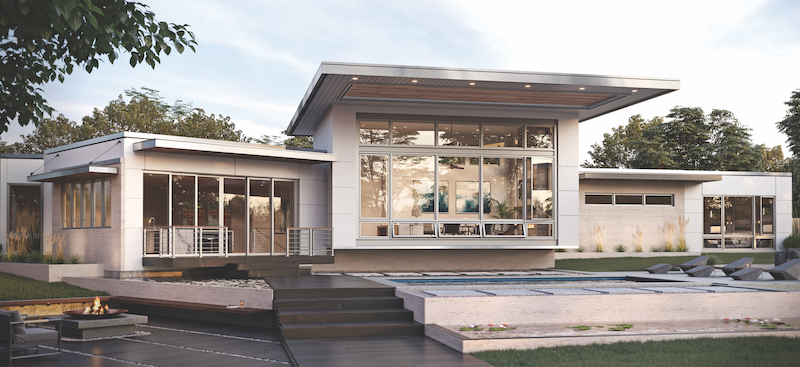
Brandon also sees a trend toward steel-framed products. “The steel look is popular for the transitional and traditional homes we design,” he says, which is notable given that the cost of steel is approximately three to four times the cost of more common materials such as wood and vinyl. “We are starting to see manufacturers create knockoffs, but we think they still have a long way to go to catch up with the look of real steel,” he adds.
Popular style upgrades include exotic wood species and nonstandard colors. “Darker colors are requested the most, particularly black, which has become the most in-demand, nonstandard color,” Ashcraft says.
But clean-lined styles in larger, heavier window panels and doors require more technically sophisticated operating systems to ease use while remaining visually unobtrusive. For instance, Jeld-Wen’s so-called “low-friction” gliding patio doors incorporate innovative hardware for easy opening.
Manufacturers also are striving to make installation of larger fenestration elements easier for professionals. Andersen, in Bayport, Minn., offers its Easy Connect Joining System for large window combinations, a clever “click to connect” solution that allows installers to attach multiple window units to one another in the same rough opening and still meet structural and other performance requirements. “Most contractors we surveyed said they could reduce the number of installers by 50% using that system,” says Steve Berg, technical marketing manager at Andersen.
Window Performance Matters
Quality and performance also play a significant role in consumer demand and expectations for various window and door products. According to the 2019 edition of NAHB’s report, “What Homebuyers Really Want,” high on the list of homeowner desires are windows rated and certified by the EPA’s Energy Star program; specifically, 38% of homebuyers felt that distinction was essential or a “must have,” while another 51% found it desirable. Another 77% wanted triple-pane insulating glass and 62% want low-emissivity-coated insulating glass to improve the thermal efficiency of their home’s fenestration package within an overall desire to reduce home energy use and costs.
“As glass combinations continue to grow larger, many homeowners worry about the loss of energy efficiency, and if their windows and doors will continue to perform through extreme temperature changes,” says Melissa Meyers, product marketing manager at Andersen.
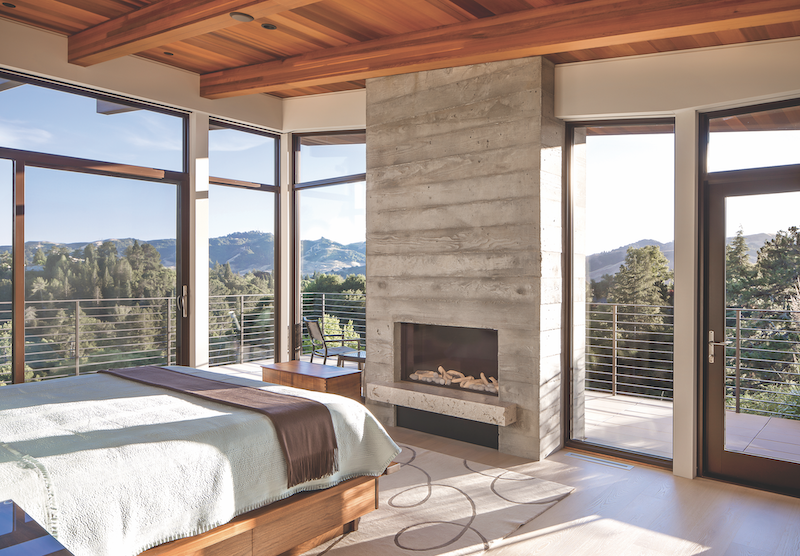
For his own home, which is being built as a template for sustainability that can be replicated across the country, C.R. Herro, VP of innovation at Meritage Homes, in Scottsdale, Ariz., chose Series 7000 windows and patio doors from Phoenix-based Western Window Systems. It’s the company’s most energy-efficient line, featuring glass with above-standard U-values and customization options to deliver a high level of thermal performance.
Skylights and roof windows from Velux America, in Fort Mill, S.C., use energy-efficient coatings on their glazings to manage the effect of ultraviolet (UV) rays and mitigate heat loss and gain. And the company’s solar-powered and sunlight-activated skylight blinds are offered in light-filtering or room-darkening options for energy efficiency through natural light control.
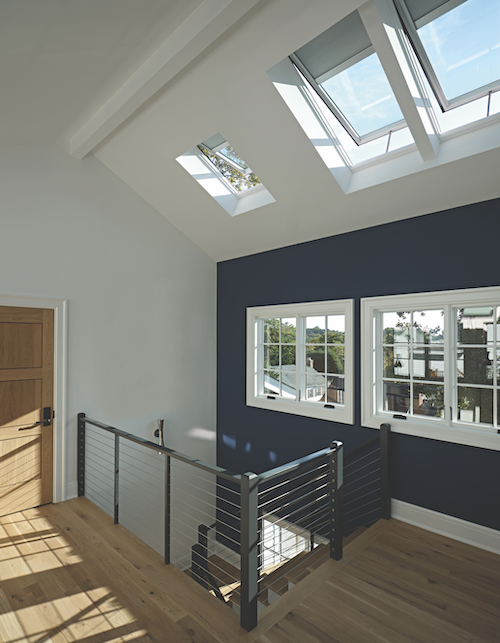
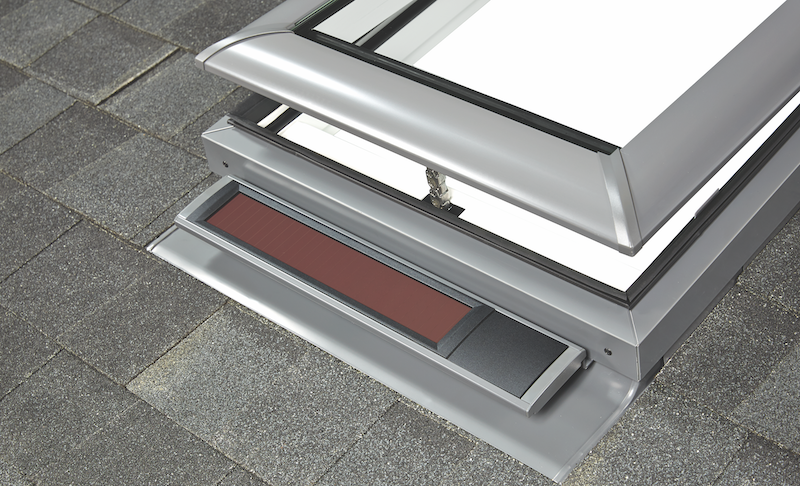
Fenestration is also key to providing healthy indoor air. Windows, patio doors, skylights, and roof windows can all be leveraged for passive fresh-air ventilation to supplement or offset mechanical means, many with technologies that operate them at the touch of a button, by voice command, or automatically via a sensor.
The Velux Active with Netatmo system, for instance, is compatible with Apple HomeKit and Google Home systems, enabling the skylights to be programmed to automatically open multiple times during the day or to adjust the blinds to admit or block natural light to warm or shade a space, as well as for passive venting.
Smart sensor technology also can monitor carbon dioxide, humidity, and temperature levels in the home, and connect to online weather forecasts to automatically open skylights when needed.
Finally, as resilient housing practices against storms, wildfires, and other natural forces proliferate, fenestration manufacturers are responding with tougher (and smarter) products. To wit, Andersen’s A-Series Impact windows and doors feature the company’s proprietary Stormwatch system of hidden structural reinforcements engineered to meet stricter building codes.
Concern for Privacy and Security When Selecting Windows
The more glass there is in the home, the more concern there is regarding privacy and security. And traditional draperies, blinds, and shades often don’t suit the modern aesthetic that’s gaining popularity across many housing types and price points.
To fill the void, Hy-Lite’s Vari-Lite window integrates blinds in a clear double-glass 4-by-4-foot system to deliver a combination of privacy and daylight control. “This is the first integrated-blinds window of that size available in the U.S.,” Sikes says.
Herro believes that, in the next couple of years, reactive technology allowing clear glass to darken or become opaque, either automatically or at the flip of a switch, will be affordable to the mainstream as a means for satisfying privacy, aesthetic, and solar heat gain demands.
In response to safety concerns for occupants in houses with abundant glass, manufacturers see trends in smart or connected home systems. “Consumers want products that are easy to operate, lock, and unlock,” Pesl says. “Our automation systems for sliding patio and multi-slide doors allow easy operation of very large glass panels, while also providing touch-screen lock options.”
Meanwhile, Marvin offers a Home Automation Lock Status Sensor that integrates with almost any home security system (and now also with mobile devices and voice assistants) to let homeowners know if their windows or doors are open or closed, locked or unlocked.
Increasingly, the wonders of technology are enabling fenestration portals to marry modern forms and minimally obstructed views with superior energy efficiency, durability, and security.
Wanda Jankowski, a writer based in New York, covers design and products and has written several books.
Access a PDF of this article in Pro Builder's April 2020 digital edition
